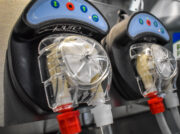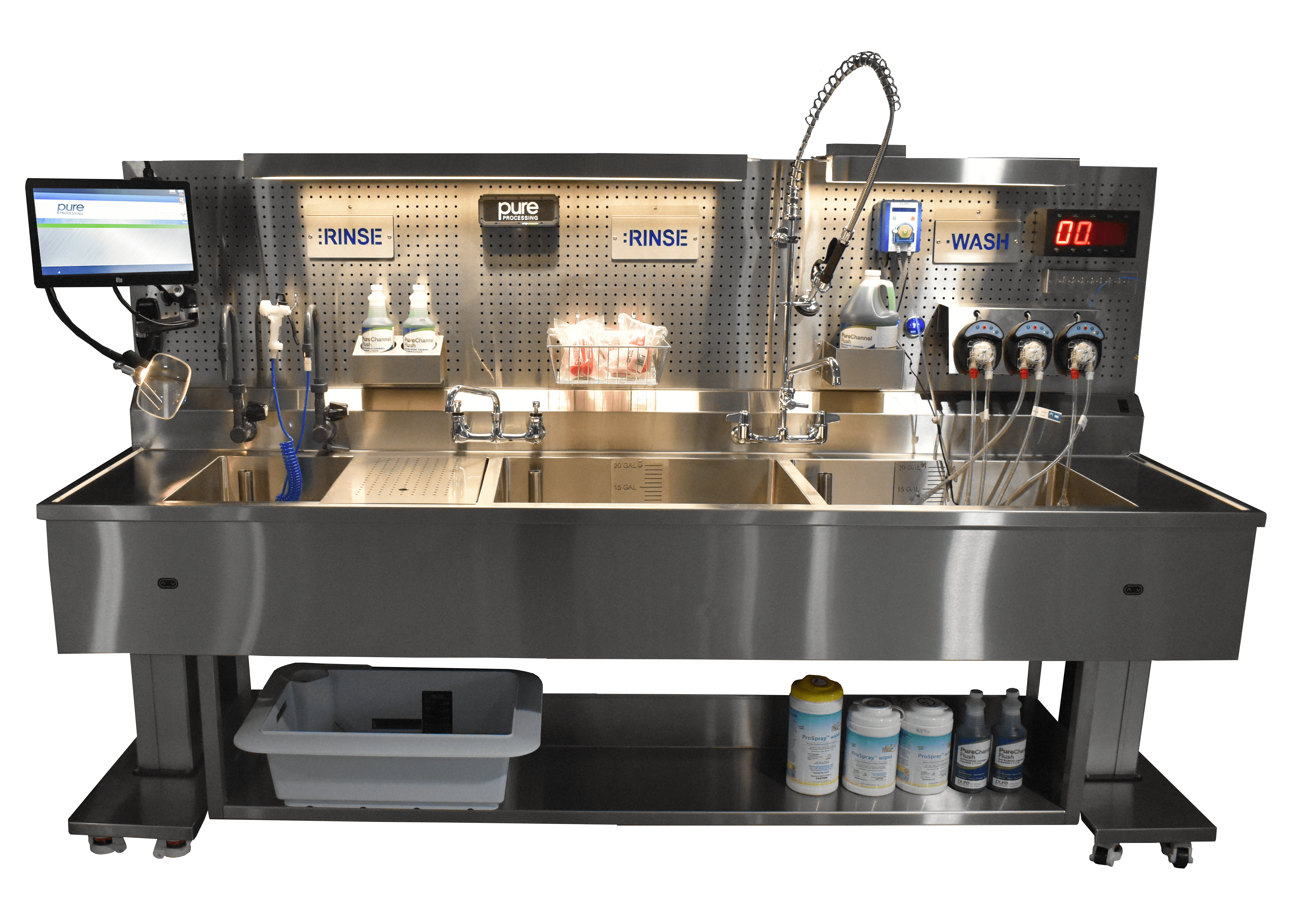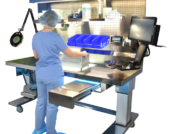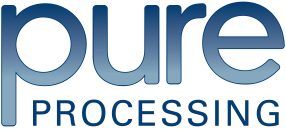
3 Reasons to Flush Medical Instruments Before Using an Ultrasonic Cleaner
One of the most important phases of medical device reprocessing is the manual cleaning. Improperly cleaned surgical instruments are much more likely to contribute to healthcare-associated infections (HAIs) if bioburden is not completely removed prior to the sterilization process. There are many options for cleaning such devices, including ultrasonic cleaners. But can ultrasonics perform an ideal cleaning on their own?
Ultrasonic cleaners can be especially effective at cleaning difficult-to-clean medical device instruments, and their hard-to-reach areas such as joints, crevices, and box locks. While their cleaning abilities may be useful, they do not perform the crucial first steps needed for proper manual cleaning. Those include flushing and brushing.
Here are three important reasons to properly flush and brush instruments prior to use of an ultrasonic cleaner.
1. Ultrasonics do not replace manual cleaning
Manual cleaning is a key step in the overall cleaning process. But ultrasonic cleaners on their own were not intended to remove all bioburden from devices.
HSPA recommends manual cleaning in conjunction with sonic cleaning (if the department is using an ultrasonic cleaning device). Doing so can “enhance the cleaning process and increase the bactericidal effectiveness of the disinfection and sterilization processes.”1
It may seem easy enough to brush devices thoroughly and then use the ultrasonic cleaner. Unfortunately, that doesn’t work. Brushing alone before ultrasonic cleaning is not enough. While brushes introduce friction into the manual cleaning process, they do not introduce
cleaning chemistries into channels effectively, and do not rinse out residual bioburden. Flushing and brushing may be required cleaning activities prior to your ultrasonic cleaning process per device IFU.
2. Irrigating channels benefits from a flush before ultrasonic cleaning
As mentioned above, combining the manual cleaning efforts of flushing and brushing with an ultrasonic cleaner can enhance the sterilization process. That enhanced sterilization process occurs when the dual cleaning efforts maximize effective removal of bioburden from difficult-to-clean devices. HSPA recommends all lumens be carefully brushed and flushed prior to sonic cleaning.1
Following recommended device IFUs guidelines for flushing prior to sonic cleaning includes the use of proper time, volume, and pressure requirements. Pre-cleaning (or pre-conditioning) using proper flushing can also save time with independent flushing systems such as the FlexiPump, which can flush up to three devices at once and does not require a technician to monitor the PSI.
3. Ultrasonic cleaner IFUs require manual removal of bioburden
Manual cleaning to remove gross debris prior to ultrasonic cleaning is also recommended in the IFU of ultrasonic cleaners on the market. That is because ultrasonics were not meant to replace the manual cleaning effectiveness of flushing and brushing. The CDC reports, “Failure to adequately clean instruments results in higher bioburden, protein load, and salt concentration. These will decrease sterilization efficacy.”2
Ultimately cleaning goals should include:3
- Removal of visible debris
- Removal of invisible soilage
- Elimination of as many microorganisms as possible
Proper flushing prior to ultrasonic cleaning can achieve those goals. Removal of overt residue makes ultrasonic cleaning more effective, which is why sonic cleaner IFUs require it.
Flushing during manual cleaning meets IFUs, cleans more effectively, and lowers infection risk
Ultrasonic cleaners can be an important tool when it comes to effective device and instrument cleaning. Yet it is important to remember their cleaning capabilities alone are not enough to remove all bioburden.
Flushing your devices first meets ultrasonic cleaner IFU, as well as device IFU. Proper flushing also makes your ultrasonic work more effectively, which ultimately contributes to lowered HAI risks to patients.
Those are all beneficial impacts of flushing prior to using your ultrasonic cleaner.
How do you perform manual cleaning tasks before using an ultrasonic cleaner? Tell us in the comments below!
Learn more about the Pure Processing FlexiPump Independent Flushing System and how it can support effective cleaning in conjunction with ultrasonic cleaning devices.
References
- Griffin, Ava and Concu, Patti (2017). Basics of ultrasonic cleaning. HSPA CRST Self-Study Lesson Plan. Retrieved May 30, 2021 from CRCST153.pdf (purdue.edu)
- Centers for Disease Control and Infection (2016). Infection control. Guideline for Disinfection and Sterilization in Healthcare Facilities. Retrieved May 30, 2021 from the CDC website. https://www.cdc.gov/infectioncontrol/guidelines/disinfection/tables/table10.html
- Pennsylvania Patient Safety Authority (2006). Patient safety advisory: Bioburden on surgical instruments. National Library of Medicine website. https://collections.nlm.nih.gov/master/borndig/101727488/200603_20.pdf



